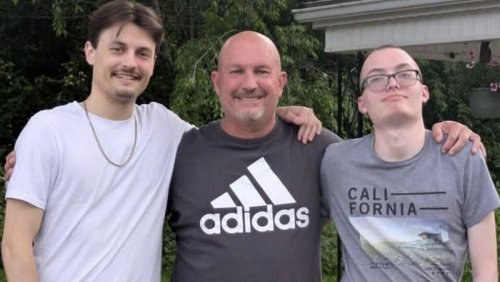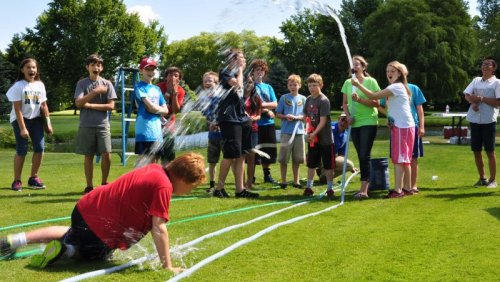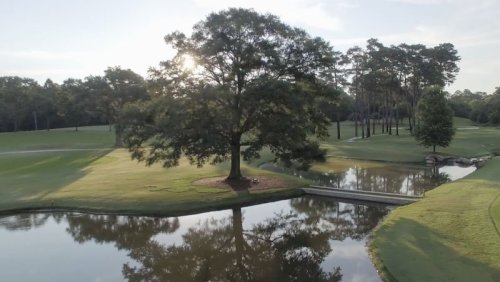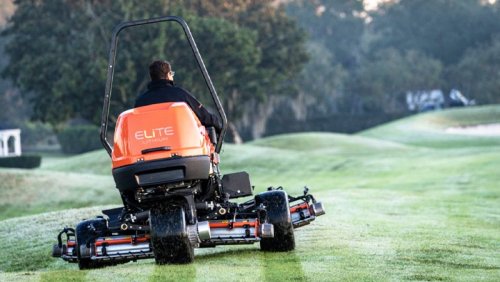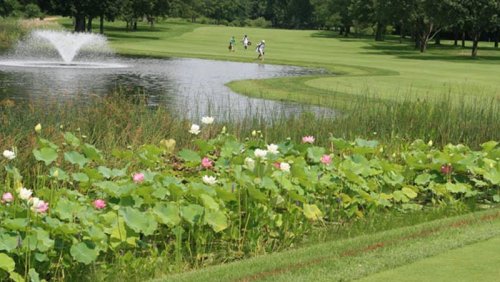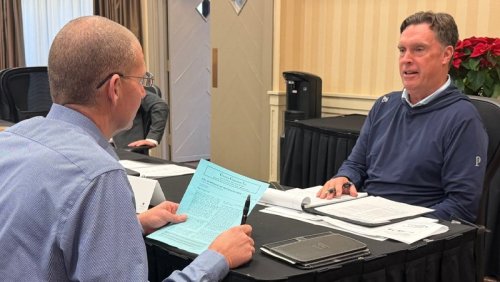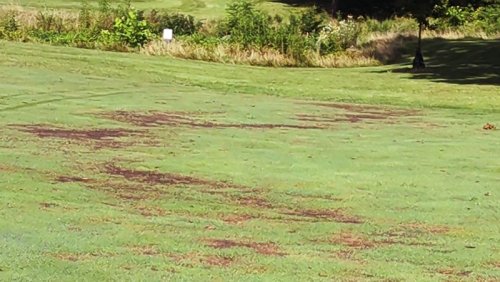

Since establishing TurfNet in 1994, Peter built far more than a business. He created a trusted platform for education, communication, and connection—bringing together superintendents, industry professionals, researchers, and commercial partners from around the world. Under his leadership, TurfNet became synonymous with credible journalism, thoughtful commentary, and a genuine dedication to advancing the profession. His retirement is effective Jan. 31.
Peter’s career has been defined by curiosity, integrity, and a deep respect for the people who work in turf management. His ability to anticipate industry needs, embrace innovation, and foster meaningful dialogue helped shape TurfNet’s unique role as both a news source and a community. Many careers were supported, many voices amplified, and many friendships formed because of his efforts.
“It has been a great run, well beyond anything I could have imagined back in 1994,” said McCormick, 71. “Memory tends to blur over time but the things that jump out at me are the people, the friendships and the fun we had… all while quietly going about changing the industry for the better. But fatigue does set in, the fire in the belly flickers, and there comes a point when it’s time to step aside.”
McCormick sold the business in 2001 to Turnstile Publishing Company (publishers of Golfweek and SuperNEWS, among other titles) and stayed on to manage it for them for the next 25 years. When Turnstile folded SuperNEWS in the mid-2000s, Jon Kiger and John Reitman came over to TurfNet and have also stayed for 20+ years. Kyle Taylor will be joining the TurfNet staff in addition to his responsibilities for The Golf Wire, another Turnstile product.
As he steps into retirement, Peter leaves TurfNet on strong footing and with a lasting legacy that will continue to influence the industry for years to come. His impact is evident not only in the organization he built, but also in the countless professionals who benefited from his leadership, mentorship, and belief in the value of shared knowledge.
Please join us in congratulating Peter McCormick on an extraordinary 32-year career and thanking him for his lasting contributions to TurfNet and the turfgrass industry. We wish him the very best in his well-earned retirement and whatever adventures come next.
- Read more...
- 331 views

